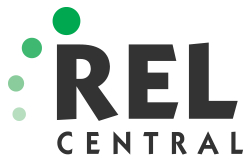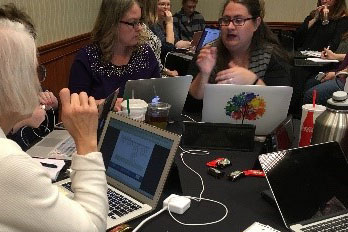The Colorado Department of Education (CDE) collaborated with REL Central to revise the Practical Ideas for Evaluating Early Childhood Educators. This guide is one of several that CDE developed as a resource to help teachers and their evaluators consider how they can interpret the revised Colorado State Model Evaluation System for Teachers in different education settings (for example, in library, physical education, and early childhood environments). The newly revised teacher rubric for the Colorado State Model Evaluation System includes more specificity for what students should know and be able to do. With this change, early childhood educators felt that it was important to revise the existing practical ideas guide with real-world examples to help teachers and those who are evaluating them better utilize the revised evaluation system in an early childhood context.
In order to develop the updated content, CDE and REL Central collaborated with local experts to review the revised evaluation system from an early childhood perspective. The group reviewed the standards, elements, and professional practices, focusing on practices that early childhood educators and their students might have difficulty demonstrating. The group then crosswalked these student-focused professional practices to existing research-based resources that could be used to inform revisions to the practical ideas guide.
For example, one professional practice for teachers in the Colorado State Model Evaluation System is to evaluate if “students accelerate their learning by drawing real-world connections to other content area(s)”(CDE, 2018, p.21) To support teachers and evaluators in understanding how to observe that practice in an early childhood classroom, the group integrated guidance from organizations such as the National Association for the Education of Young Children. The group also discussed what real-life examples could be added to support teacher and evaluator understanding. Ultimately, the group revised the practical ideas guide for the previously discussed example to include guidance that “in a preschool classroom, students may need to be prompted to articulate these connections while in a kindergarten setting, students may draw these connections while anticipating what they will hear from an upcoming visit from a class guest, such as a meteorologist.”(CDE, 2018, p.23) Now the revised guide clarifies what students should know and be able to do in a way that is developmentally appropriate for early childhood settings.
Jennifer O’Brien, director of Early Childhood Workforce Development for CDE, worked closely with REL Central staff in revising the guide. She said, “This updated guide helps early childhood educators and their evaluators complete a fair, valid, transparent, and rigorous evaluation of their work.”
To learn more about the Practical Ideas for Evaluating Early Childhood Educators and how it can be used to support the professional growth of early childhood educators, join REL Central for a webinar on August 14, 2019. CDE staff will discuss how the strategies presented in the guide can apply to a variety of contexts to support the development of early childhood educators and their evaluators.
Reference
Colorado Department of Education, Colorado Department of Education and Early Childhood Practitioners. (2018).
Colorado state model educator evaluation system: Practical ideas for evaluating early childhood education.
Retrieved from http://www.cde.state.co.us/educatoreffectiveness/smes-teacher





